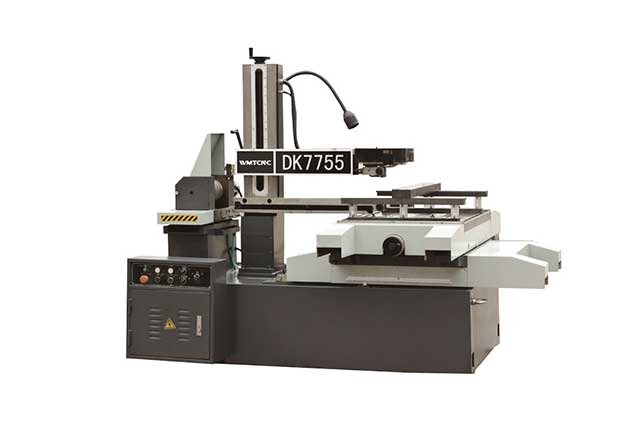Electrical Discharge Machining
EDM is a method for producing holes and slots, or other shapes. It is also called spark erosion.
EDM is especially well-suited for cutting intricate contours or delicate cavities that would be difficult to produce with a grinder, an end mill, or other cutting tools.
EDM removes metal by producing a rapid series of repetitive electrical discharges.
EDM Generalities
Electrical discharge machining is a machining method primarily used for hard metals or those that would be very difficult to machine with traditional techniques.
EDM typically works with materials that are electrically conductive, although methods have also been proposed for using
EDM to machine insulating ceramics.
EDM can cut intricate contours or cavities in pre-hardened steel without the need for heat treatment to soften and re-harden them.
This method can be used with any other metal or metal alloys such as titanium, Hastelloy, Kovar, and Inconel.
Electrical Discharge Machining
Types
1 Sinker EDM
2 Wire EDM
3 Fast hole drilling EDM
Applications
1 Prototype production
2 Coinage die making
3 Small hole drilling
4 Metal disintegration machining
5 Closed-loop manufacturing. CNC + CAD/CAM
Materials
Materials must be electrically conductive. So, it does not work on materials such as glass or ceramic, or most plastics.
EDM is primarily used for hard metals or those that would be impossible to machine with traditional techniques. Metals that can be machined with EDM include Hastelloy, hardened tool-steel, titanium, carbide, Inconel, and Kovar.
